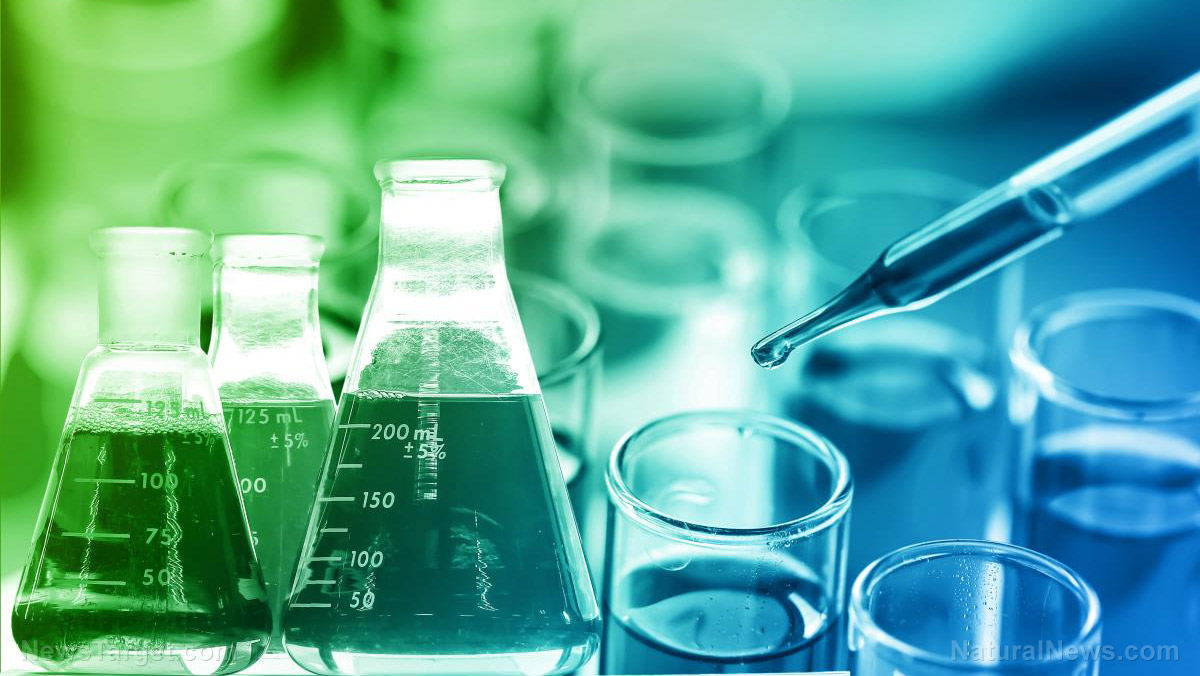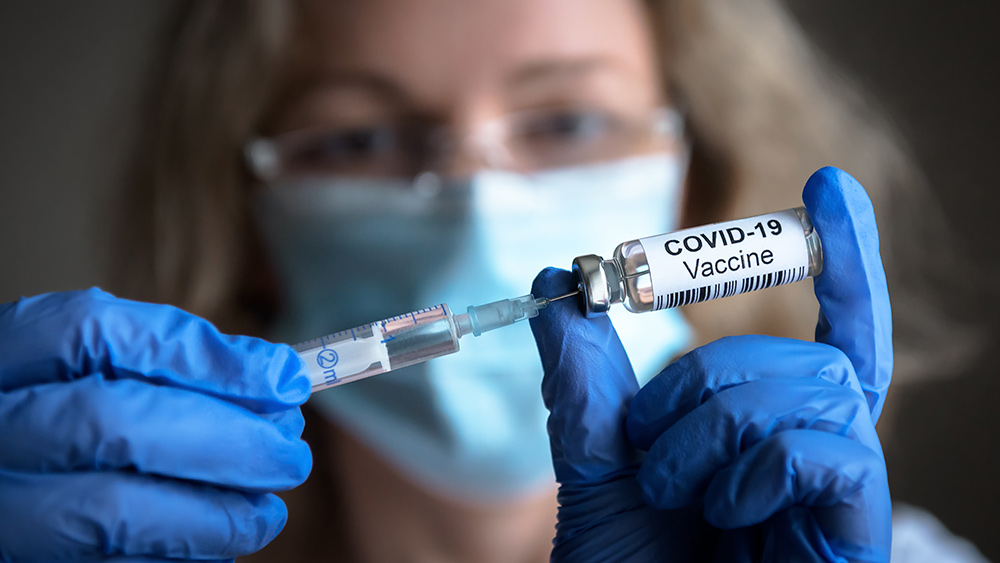Study: Silica nanoparticles can help promote stem cell growth
04/11/2019 / By Cassie B.

The cells in your body all serve a very specific purpose, but stem cells are basic cells that have the power to become nearly any type of cell your body needs. Doctors and researchers alike have been studying them for years to help understand how the body functions and how things go wrong sometimes, and they’re also being explored for their potential to treat disease.
There are just two main sources of stem cells: embryos and adult body tissues. The way that human embryonic stem cells are obtained is a hot-button issue. However, in adults, stem cells can be found in bone marrow, blood, skin, and the liver and brain, although they aren’t always easy to find or abundant. When they divide and regenerate, they can accomplish tasks like healing skin wounds and regenerating the liver after it has sustained damage, which is why they’ve attracted a lot of attention from researchers in recent years.
Scientists believe that if they could find a good way to target the proliferation of stem cells in the body, it could lead to important medical breakthroughs on several fronts. For example, if they could turn off the proliferation of cancer stem cells, it would be absolutely monumental.
The question, of course, is how to get these cells to grow in the first place and how to make them grow in the desired way. Although studies have already shown that silica has the potential to induce cell proliferation and attachment, it was unclear whether the size of the particle had any influence on the beneficial effects of silica on human adipose tissue-derived stem cells.
In a study that was published in the International Journal of Medicine, Korean researchers found that silica nanoparticles accelerate cell growth best at a size of between 50 and 120 nm. It is an important finding on its own that could help guide the development of future treatments, and the researchers would like to see future studies into the matter.
Potential uses for stem cell treatment
This could be used to help people who are living with neurodegenerative diseases like Parkinson’s, for example, as researchers would be able to turn on stem cells that are otherwise idle and allow them to serve as replacements for the cells destroyed by the disease that cause uncontrolled muscle movements. Likewise, it could be helpful to those whose brain cells are damaged by Alzheimer’s. It could also be a viable way to help people with cardiovascular disease, with people gaining the ability to create needed blood vessels.
However, one of the most important uses of stem cells remains tissue regeneration. If stem cells can be grown and instructed to differentiate in the right way, people could possibly avoid the need for organ transplants as well as the subsequent side effects and possibility of rejection. It can also help people develop new skin tissue to heal from burns and other types of injuries.
Finding the right ways to spur stem cell growth could lead to new therapies for many common illnesses and help avoid the many issues that come with using embryonic stem cells. Now that researchers have a better understanding of how silica nanoparticles can help the process along, we could be closer to seeing some groundbreaking treatments.
Sources for this article include:
Submit a correction >>
Tagged Under:
Alzheimer's, disease treatements, medical discovery, organ transplant, Parkinsons, prevention, research, silica, Silicon dioxide, Stem cells
This article may contain statements that reflect the opinion of the author
RECENT NEWS & ARTICLES
COPYRIGHT © 2017 ALZHEIMERS NEWS





















